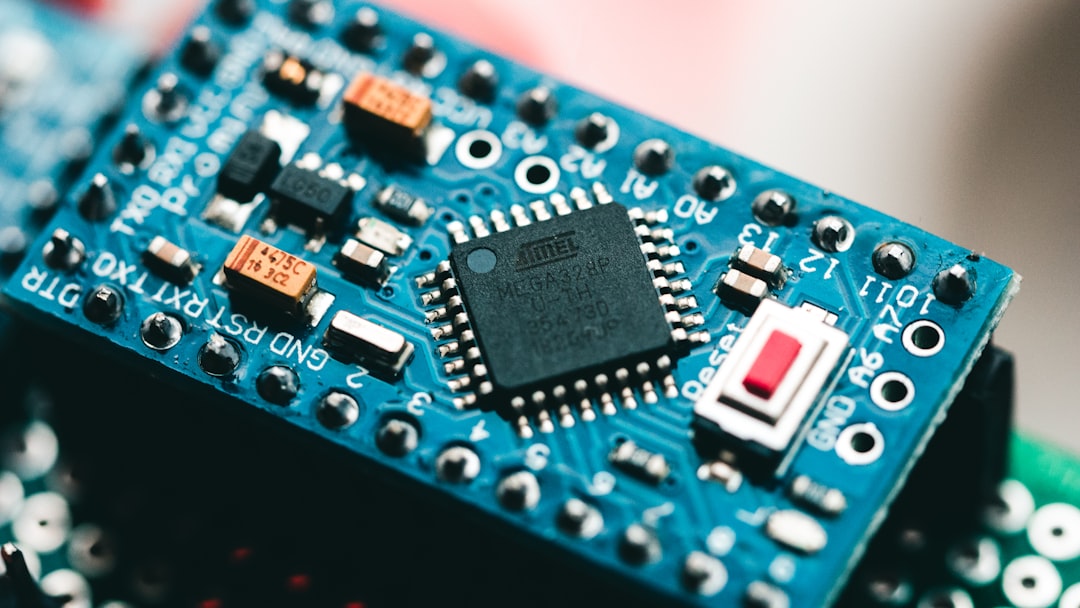What is it about?
The transition to a carbon free electrical power system (in terms of electricity generation) shall be performed without compromising on the power system security of supply. Up to date, the secure and stable power system operation is a commodity that has been facilitated by the physical synchronisation mechanisms inherently provided by conventional synchronous power generation modules (running mainly on fossil fuels). The total supply of electricity demand in any synchronous area only from power electonic interfaced power sources (wind and photovoltaic), raises concerns with regard to secure and stable power system operation. This paper shows where is the limit and examines the potential of grid forming control in order to enable up to 100% instant generation from power electronic interfaced power sources in any synchronous area.
Featured Image

Photo by Martijn Baudoin on Unsplash
Why is it important?
In a future power system, dominated by renewable generation units, grid synchronisation capabilties are required for ensuring the stable system operation (at least from a part of the reneable generation fleet). The contribution of this paper is to show how grid forming control applied to power electronic interfaces sources could be a potential solution (among others) enabling up to 100% instant renewable generation in a synchronous area.
Perspectives
Hopefully this article will raise awareness to policy makers and regulators on the technical challenges towards a fully decarbonised power system.
Dr. Mario Ndreko
TenneT TSO GmbH
Read the Original
This page is a summary of: Grid Forming Control Scheme for Power Systems with up to 100% Power Electronic Interfaced Generation: A Case Study on Great Britain Test System, IET Renewable Power Generation, March 2020, the Institution of Engineering and Technology (the IET),
DOI: 10.1049/iet-rpg.2019.0700.
You can read the full text:
Contributors
The following have contributed to this page










